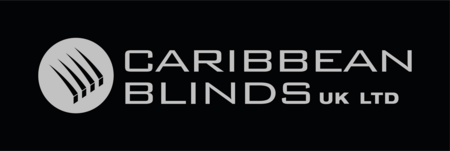The pitch (angle) of a patio awning is set at manufacture/installation and can be as little 0 degrees (completely horizontal) up to as much as 45 degrees (dependent on model). The pitch is determined by the leadrail (walk under) height when the awning is fully extended and the mounting height of the awning on the façade. The higher the mounting height and lower the leadrail height, the steeper the angle, subsequently offering greater sun protection to both the area beneath the awning and adjoining internal room when the sun is overhead.
With our unpredictable British climate, patio awnings are not just used for sun protection, but also to provide shelter from those unexpected and often persistent rain showers. To guarantee rainwater runoff, patio awnings must be set at a pitch of 14 degrees (or greater) as set out in European Directive EN13561. This ensures water runs off and does not pool on the material. Additionally, thanks to the exclusive TEXgard nanotech coating impregnated around every fibre of our materials, as the rainwater runs off, it takes surface dirt and debris with it.
Therefore the optimum angle for a patio awning in terms of function, along with aesthetics is 14 degrees. This means that for every metre the awning projects out, it falls 25cm. So based on a popular 3m projection awning, with a typical 2m leadrail (walk under) height, when the awning is fully extended, it would be sited at 2.75m on the façade, when set with a 14-degree pitch.
To easily find out the mounting height based on a 14-degree pitch awning, view our ‘what height should my patio awning be installed at’ faq here.

